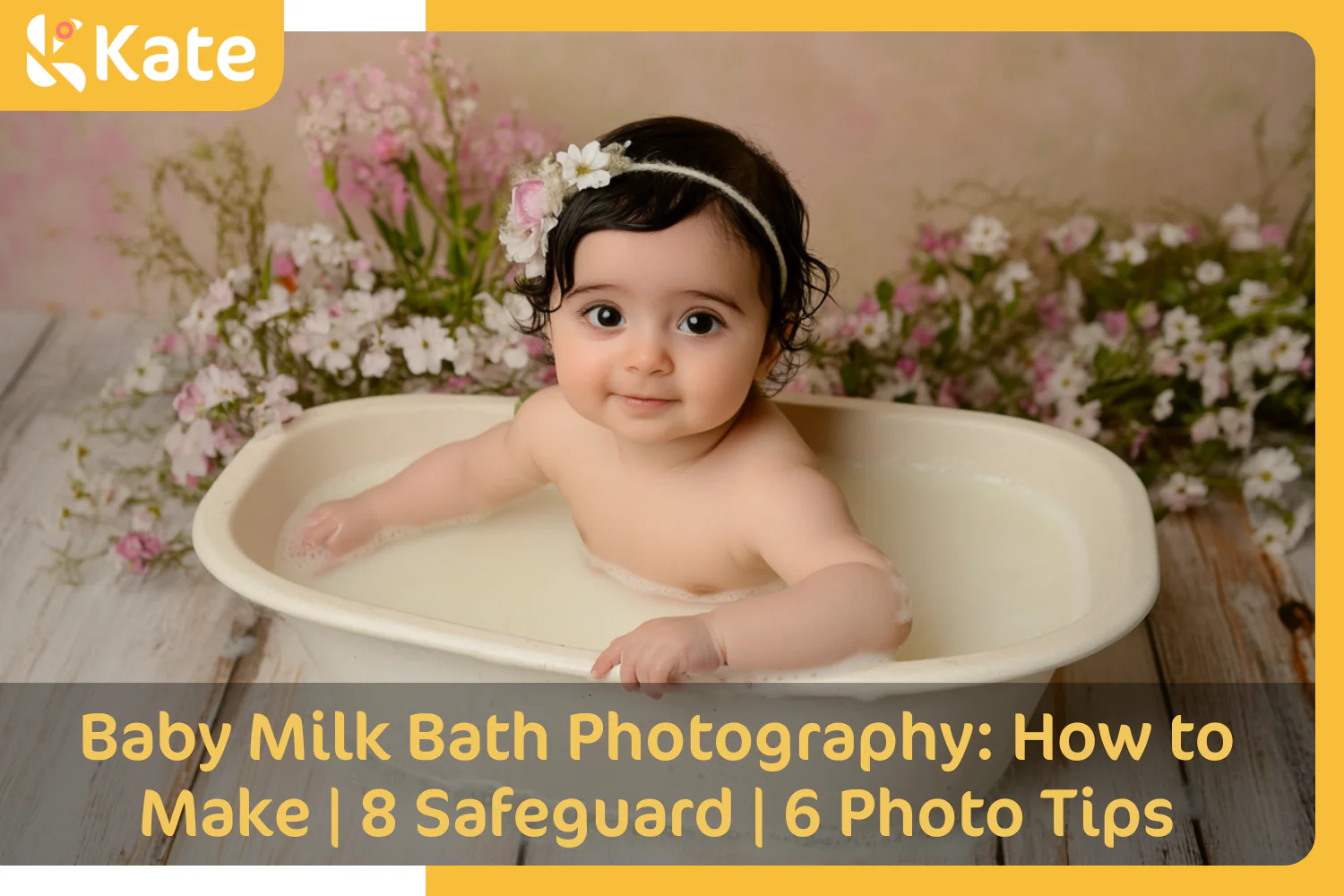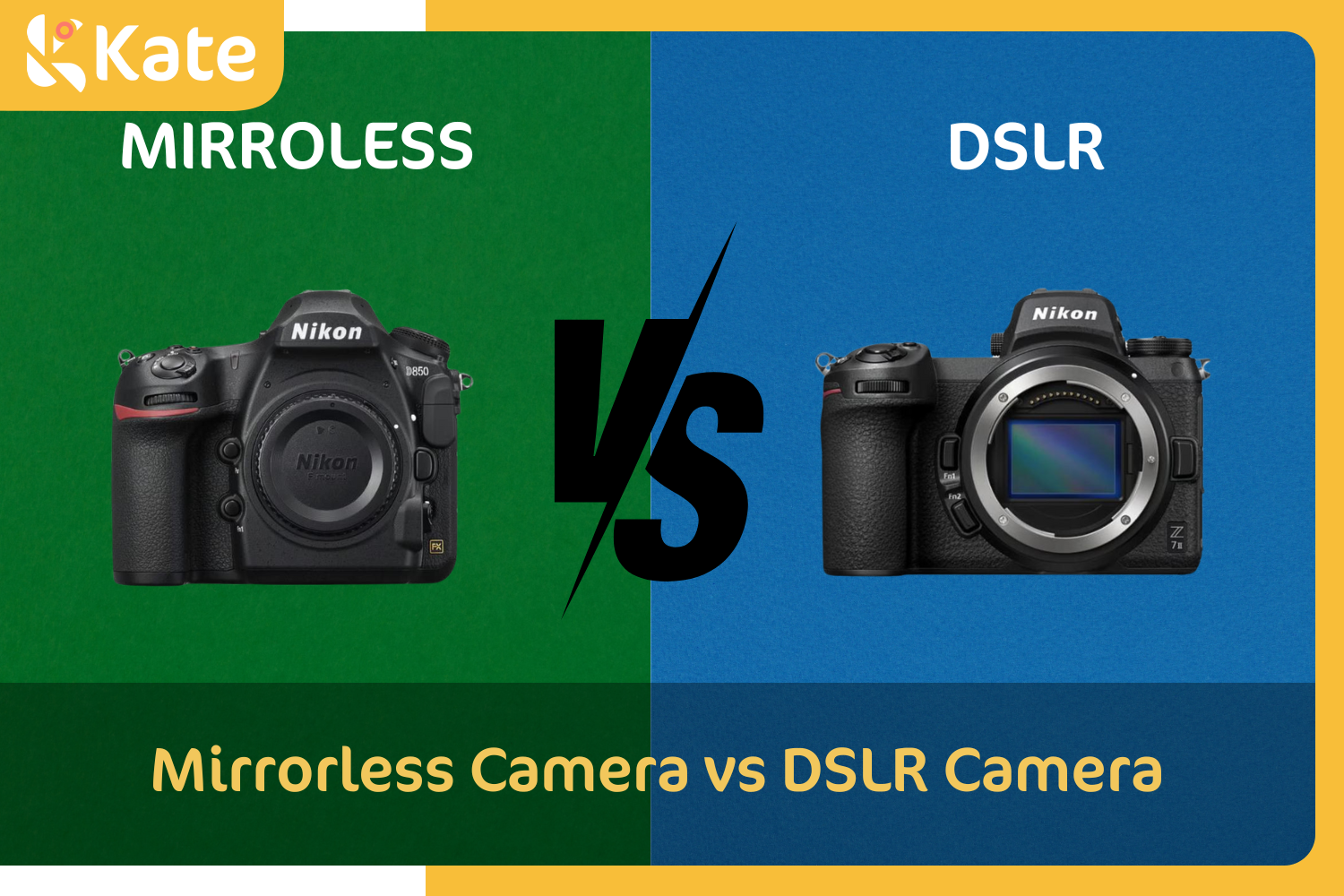Photography Studio Set Up: Equipment, Cost, Space Options & More

Setting up a photography studio can seem overwhelming to the beginner. But once you understand the equipment and accessories needed to succeed, the process becomes a thrilling journey toward becoming a professional photographer.
A good photography studio set up gives the photographer dedicated, equipped space to be creative while offering clients the perfect setting for their needs.
This beginner’s guide to photography studio set up discusses everything you need including cameras, lens, lighting and accessories, backdrops and props, plus essential computer software for photo editing and for running a business. The cost to equip a photography studio is included.
- What Is a Photography Studio?
- What Are the Differences Between Home Studio and Commercial Space Studio?
- What is Essential Equipment for a Photography Studio?
- What Are Necessary Software Programs for a Photography Studio?
- What Is the Cost to Set Up a Photography Studio?
- What Are the Common Types of Photography Studios?
What Is a Photography Studio?
A photography studio is a dedicated, controlled space for taking photographs. A studio has all the equipment necessary to customize the setting for each shoot based on the client’s needs.
A home studio is more affordable but may lack the professionalism and capacity of commercial space.
Essentials of a photography studio include cameras and lenses that give you the opportunity to tailor your setup for each subject. Lighting and light modifiers like reflectors and diffusers are essential equipment along with a tripod and monopod. A computer and software programs that include post-processing/editing and business programs are common in studio photography. Digital storage cards and an external hard drive are useful too.
Camera cases, rugged storage bins and sturdy shelving allow you to keep equipment organized and safe.
What Are the Differences Between Home Studio and Commercial Space Studio?
The two common studio space options are renting or purchasing commercial space or setting up the studio in your home. There are pros and cons of each choice.
Advantages of setting up your photography studio at home include:
- Lower overhead cost, since you won’t pay rental fees.
- No time or travel costs to get to the studio.
- Convenience – it’s easier to work any time you want to when the studio is in your home.
- The comfort of working at home may enhance your creativity.
- Customization – You have greater freedom to modify the space and arrange your studio the way you want to.
- Tax advantages for using home space for a commercial enterprise, though this only applies if you do paid work such as selling your pictures or doing portrait photography in your home studio.

Image from Pexels
Disadvantages of setting up your studio at home are:
- Many homes don’t have space that can be dedicated to a fully equipped studio, especially for fashion or product photography. This can limit your ability to offer a full range of photography options.
- You may have to make costly modifications to the space to make it suitable as a photography studio. For example, you may need to have electrical work done to accommodate bright studio lighting or have a separate client entrance installed.
- Less privacy and potential household disruption with clients coming to your home.
- Local zoning may not allow for commercial enterprises in a private residence.
- Insurance may not cover business-related work at home.
Advantages to commercial space for your photography studio are:
- Having a commercial studio gives you greater credibility and professionalism.
- Commercial space often needs less modification to make it usable as a photography studio. For example, it is more likely to have commercial-grade electrical capacity.
- If the space has been used as a photography studio before, it may come with backdrops, reflectors, lighting, and other pro equipment.
- Separation of your personal and professional life.
- Better location – if your clients are commercial businesses, having space in the commercial district is more convenient for them.
- Clients may also feel more comfortable coming to commercial space than to a private residence.

Disadvantages to commercial space for your photography studio include:
- Buying space is a major financial outlay and risk.
- Rental least cost and typical commitment of a year, which also poses financial risk.
- Travel cost to get there.
- The potential for theft might be higher.
Tip: If most of your photography takes place on site, not in a studio, it makes sense to work from home and only rent studio space when you need it.
If your budget is tight, or you don’t know whether your career will blossom, starting at home as you grow your business is a good plan. You might also be able to rent a studio for a few hours when shooting in a professional space is the best choice for a specific client.
If you intend to work professionally as a photographer, and studio work will be a large part of what you do, you will eventually want your rent or own commercial studio.
What is Essential Equipment for a Photography Studio?
Here is a checklist of essential equipment for a photography studio. Your specific needs will vary depending on the type of photography you plan to do.
- Camera and lenses: A quality mirrorless or DSLR camera with a variety of wide angle, prime and zoom lenses.
- Tripod and monopod: A tripod is a “must,” while a monopod offers mobility.
- Studio lighting, stands and accessories: Different kinds of lights including LED, fluorescent and tungsten, and lighting accessories like reflectors, are critical to produce the lighting choices that are best for each shoot.
- Backdrops and stand: Clients appreciate the choice of backgrounds to set the scene for the photos they want.
- Props and furniture: These items fill out the scene to add interest and personality to each shoot. Furniture is practical too – your subjects need somewhere to sit for specific shots they want.
- Bags, cases and bins: Storage is essential for in the studio and safe transportation to on-location shoots.
- Computer, software and accessories: These include a desktop or laptop computer, storage cards, external hard drive, cloud storage, tethering cable and software and post-processing software like Adobe Photoshop or Lightroom or free option GIMP.
Camera and Lenses
A good-quality camera body is at the heart of good photography. Choose a DSLR or mirrorless camera that suits your budget and your favorite photography styles. A full-frame camera as your main camera (with a full-frame sensor) offers the most versatility in and out of the studio. If your budget allows, adding a camera with an APS-C (cropped) sensor will be useful. On a tight budget, a camera with a crop sensor (APS-C, for example), is a good place to start.

Image from Pexels
A common professional selection of lenses is a 35mm wide angle, 50mm and 85mm prime lenses, and 24-70mm and 70-200mm zoom lenses. If you have to start with just one lens, an 85mm prime lens is best for portrait photography using a full-frame camera.
Finally, in a small studio, lenses with focal length of 35mm to 85mm are enough. In a large studio, you will want longer focal length options, which can be achieved with a 70mm-200mm zoom.
Studio Lighting
Lighting is central to good photography – it’s in the name, “photography” means “drawing with light.”

Essential lighting equipment includes LED panels to provide continuous light for portrait photography, product photography and other genres. Fluorescent lighting is used in some light banks and in accessories like softboxes. Tungsten lighting provides warmer light. Flashing or strobe lights are less common but emit bursts of very bright light enhancing your ability to stop motion and eliminate blur. They are also effective for long shots, which might not be applicable based on the size of your studio.
Adjustable height and boom options are useful for light stands. Background lights and ring lights have specific applications.
A range of modifiers are available including reflectors (white, black, gold and more), softboxes, umbrellas, beauty dishes, grids and barn doors, which are flaps that control light spill.
Backdrops
A collection of backdrops allow you to change scenes quickly, adding variety to your studio photography. A strong stand is required. A telescopic stand allows you to quickly change its size to fit various backdrops.

Backdrops are produced for every season and for special occasions throughout the year including Christmas, Mother’s Day, Father’s Day, Easter, Independence Day, and the start of the school year.
Rolls of various colors of plain backdrop as well as floral, forest, fantasy, wood wall, sports, brick or marble, arch and other design styles offer your clients options they’ll appreciate.
Props
Props for your photography studio allow you to customize each scene to the needs of your clients. Common themes for props include maternity, newborn, toddler, sports, seasonal, holiday, vintage or retro, western, boudoir, boho, and fashion dolls like Barbie.

Props should include seating options like a chair, sofa or stool. You’ll also want to have household items, plants, seasonal decorations and themed items, so you can set the scene for each shoot.
Tripod and Other Accessories
A tripod provides stability for most shoots while a monopod is used when you move around a lot during the shoot. Both should have adjustable heads for securing cameras when needed.

Photographers use many other accessories including a light meter, lighting clamps, extension cords, power strips, storage bags and bins, and a computer and post-processing software.
What Are Necessary Software Programs for a Photography Studio?
Software needed to run a photography studio include general post-processing and editing software, needs-based editing software and business management software.
Editing and post-processing software: The most popular and useful photography editing and post-processing software is the Adobe Creative Cloud suite. It has several software programs including Photoshop and Lightroom. Photoshop is the gold standard in photo editing, complete with tools to modify every aspect of the image such as white balance, color, sharpness and cropping. Lightroom is the top photo organization and management software with some editing capabilities. Additionally, the suite includes Illustrator, InDesign, XD, Camera Raw and several video and audio apps.
You can also purchase Adobe Photoshop and Lightroom by themselves. Or you might prefer trying other photo editing software programs like Affinity Photo and Capture One or free option GIMP.
Specialty editing software: Depending on your needs and processes, you will benefit from some of these options. Panorama stitching software combines multiple images into one – a feature in Photoshop. HDR software like Photomatix or Aurora HDR is used to create high dynamic range (HDR) images. Photoshop HDR Pro does this too. Tethering software, e.g. found in Capture One and Lightroom. Focus stacking software like Helicon Focus or Luminar Neo is ideal for combining multiple images for the purpose of creating greater depth of field.

Image from Hdrshooter
Business management software: Client management software (CMS) like ShootQ (specifically designed for photographers), Salesforce, HubSpot CRM, and Microsoft Dynamics 365 assists in lead management, sales pipeline management, email tracking and marketing automation. CMS software is also called CRM, or client relationship software. Photo gallery software like Pixieset and Zenfolio help you create online galleries/portfolios. Finally, you’ll need accounting software like QuickBooks, Wave, FreshBooks or Xero.
What Is the Cost to Set Up a Photography Studio?
The cost to set up a professional photography studio starts at $3,300 with a typical upper end of $25,500. Those costs do not include the cost to lease or buy studio space.
|
Studio Expense |
Price |
Startup Average |
|
Cameras |
$700 - $2,200 each |
$3,200 |
|
Lenses |
$500 - $1,400 each |
$2,100 |
|
Lighting Equipment and Accessories |
$450 - $5,500 |
$850 |
|
Backdrops and Stand |
$200 - $3,000 |
$1,100 |
|
Props and Furniture |
$300 - $2,500 |
$800 |
|
Computer and Software |
$900 - $4,400 |
$1,800 |
|
Equipment Cases and Storage |
$250 - $1,500 |
$550 |
|
Total |
$3,300 - $25,500 |
$10,400 |
Leasing space for a studio costs $400 to $2,000 or more per month depending on size, location and its lighting and electrical capacity.
Renting a studio costs $50 to $300 per hour based on the same criteria. Average cost is around $115 per hour or $400 per half day and $625 per full day.
What Are the Common Types of Photography Studios?
Most studios have the equipment, backdrops and accessories to offer multiple photography types. Here are the most common setups in photography studios based on demand from customers.
- Portrait: Portrait photography seeks to capture the look and personality of a single person or group of people. Pets are often the subject of portrait photography too. The best lenses for use in a portrait photography studio are a 50mm, 85mm and a 70-200 zoom. Most pictures are taken at f/1.4 to f/2.8.

- Maternity: Expectant mothers are radiant, and maternity photography captures those precious months before the baby arrives. A maternity photography studio is outfitted with lots of baby items, and Mom and her baby bump are prominently displayed. The father and other children are often included. Lenses with a focal length of 35mm to 85mm are ideal for maternity photography. Aperture is typically f/1.4 or f/1.8. A 24-70mm zoom shooting at f/2.8 is another versatile option.

- Newborn: A new baby’s first months are preserved forever with newborn photography. Parents, siblings, pets, and hand-knitted blankets are often part of the scene in a newborn photography studio. In addition to the lenses mentioned, a 100mm or 105mm macro lens is a nice choice for newborn photography.

- Boudoir: Soft lighting, sensual clothing (often the client’s own) and bedroom props are essential in a boudoir photography studio. A 35mm lens captures more of the scene. A 50mm prime lens is a versatile choice, and an 85mm lens allows you to isolate the subject in sharp detail with bokeh behind. Aperture setting is typically f1.4 or f/1.8 for boudoir photography.

- Wedding: Many couples want professionally done studio shots for their wedding photography as well as wedding day photos. A range of lighting is necessary in a wedding photography studio from soft to bright creates various moods. Floral backdrops are a great choice. Try a 24-70mm zoom for versatility (f/2.8) or a 50mm (f/1.4 or f/1.8) for full-body pictures.

- Product: Capturing details in an engaging way is key to good product photography. Bright lighting is essential in a product photography studio. The best lenses are a macro lens (100mm or 105mm at f/2.8) and a 50mm prime lens at f/1.4 to f/2.8.

Similar studio set ups and lenses are also useful for fashion photography, fine art photography, and food photography.
What are Popular Poses Used in Studio Portrait Photography?
The best poses for studio portrait photography depend on the image the subject wants to present from business-like to friendly to thoughtful to casual.
The classic headshot is usually taken with the subject looking into the camera, but looking away produces a more intriguing or thoughtful shot. Over-the-shoulder and half-turn or three-quarters turn away are used as well.
More casual poses in portrait photography include the face resting on a hand, crossed arms, one or both hands in a pocket, thumbs in pockets, and sideways profile pose.
Studio portrait photography subjects are also posed standing, sitting, kneeling on one knee or resting in a variety of ways to fit the purpose and mood intended for the shot.









 Boho
Boho










